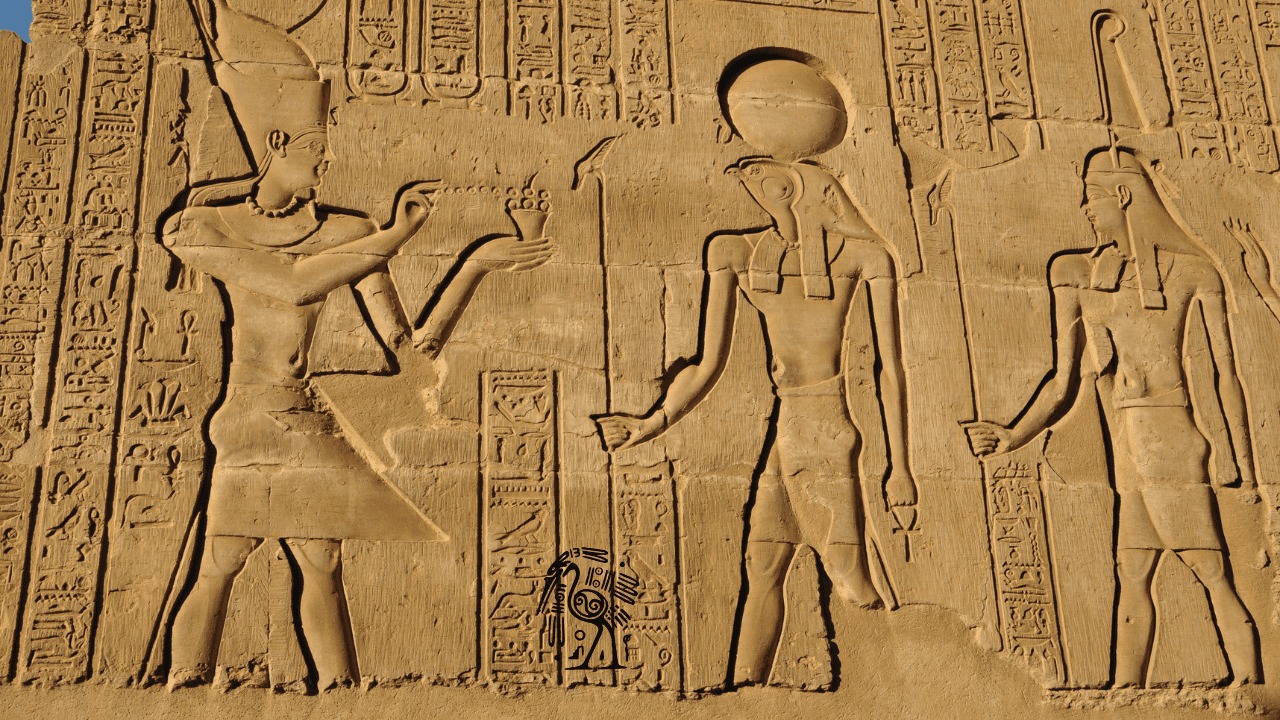Ancient Artz offers more than aesthetic charm—it reveals the very soul of early civilizations. These works of art, ranging from intricate sculptures to symbolic murals, were not created for beauty alone. They carried deeper meanings, preserved histories, and echoed the beliefs and emotions of people who lived thousands of years ago. As modern society pushes forward with technology, these ancient masterpieces remain timeless anchors of culture, spirituality, and expression.
The Power and Purpose of Ancient Art
In ancient societies, art was not viewed as mere decoration. It was a central pillar of life—used in religious rituals, burial customs, historical documentation, and expressions of power. Artists were not just craftsmen; they were storytellers, record-keepers, and spiritual mediators. Civilizations across regions used art to define their identities and values, shaping everything from daily life to dynastic legacies.
From sacred temples in Asia to carved monuments in Africa and Europe, the diversity of ancient art is vast. Yet, they all share a common thread—a deep connection to human purpose. These works spoke to gods, preserved human achievements, and passed on wisdom through symbols and structure.
Mesopotamian Mastery
Often referred to as the cradle of civilization, Mesopotamia was home to the Sumerians, Akkadians, Babylonians, and Assyrians. These early urban societies used art to symbolize authority and religion. Their contributions include carved reliefs, votive statues, and functional yet decorative cylinder seals used in trade and administration.
A striking example is the Stele of Hammurabi. This seven-foot basalt stone bears one of the earliest known legal codes in human history, combining law, art, and governance in a single artefact. Its detailed carvings not only depict the ruler but also immortalize the concept of justice.
Egyptian Art
Egyptian art stands as one of the most iconic and enduring visual languages of antiquity. Artists designed every work with a purpose—usually religious or funerary. Whether it was a tomb painting, a temple relief, or a statue, the underlying goal was to secure eternal life and honor the gods.
The Great Sphinx of Giza remains a breathtaking symbol of power, carved directly from limestone and standing guard over the pyramids. With the body of a lion and the face of a pharaoh, the sculpture embodied protection, strength, and divinity. Intricate jewellery, sarcophagi, and murals inside tombs reveal a belief system deeply intertwined with art.
Classical Greece
Greek artists transformed human expression through form and balance. Unlike earlier traditions rooted in symbolism, Greek art embraced realism, focusing on anatomical accuracy and natural movement. Art became a vehicle to celebrate the human figure, ideal beauty, and intellectual achievement.
The Venus de Milo and the Laocoön Group exemplify the classical Greek mastery of the human form. The former captures serene beauty, while the latter depicts agony and motion with gripping intensity. Additionally, Greek pottery, with its black and red-figure designs, illustrates scenes from mythology and everyday life, preserving cultural narratives in ceramic form.
Roman Grandeur
Roman art built upon the foundation of Greek aesthetics but shifted toward pragmatism and authority. Portraits, architecture, and mosaics all served to reinforce the power of the empire. Public art was not just celebratory—it was educational and propagandistic.
The Colosseum and Pantheon are testaments to Roman engineering, showcasing architectural innovation through massive domes, arches, and durable materials. Meanwhile, Roman busts reveal faces with wrinkles, scars, and emotion—an artistic choice to highlight wisdom, experience, and realism rather than idealized perfection.
Asian Traditions
Ancient art in Asia reflects profound connections to nature, spirituality, and philosophy. In India, temple architecture, sculptures of gods and goddesses, and stone reliefs embody the sacred. Temples like those in Khajuraho or Ellora are adorned with detailed carvings that narrate epics like the Mahabharata and Ramayana.
In China, early art included bronze vessels, jade carvings, ink scrolls, and delicate pottery. Influenced by Confucianism, Taoism, and later Buddhism, Chinese art stressed balance, nature, and inner peace. Calligraphy emerged as a high form of art—blending visual beauty with poetic thought.
Enduring Legacy of Ancient Artz
Despite being centuries or even millennia old, the messages and meanings behind these works remain remarkably relatable. The focus on justice, love, power, spirituality, and the afterlife are universal themes that still resonate with people today. Modern artists, architects, and historians continue to draw inspiration from ancient techniques, motifs, and philosophies.
What sets ancient artz apart is not just its age or craftsmanship but its relevance. These works remind us of our shared human journey—our struggles, dreams, and values—captured in stone, pigment, and clay.
Conclusion
Ancient Artz is not a closed chapter of history—it is a living legacy. From Mesopotamia’s legal carvings to India’s spiritual sculptures, the world’s oldest masterpieces continue to inform, inspire, and astonish. As we preserve these treasures and learn from their creators, we not only honor our past but also build a more culturally enriched future.
